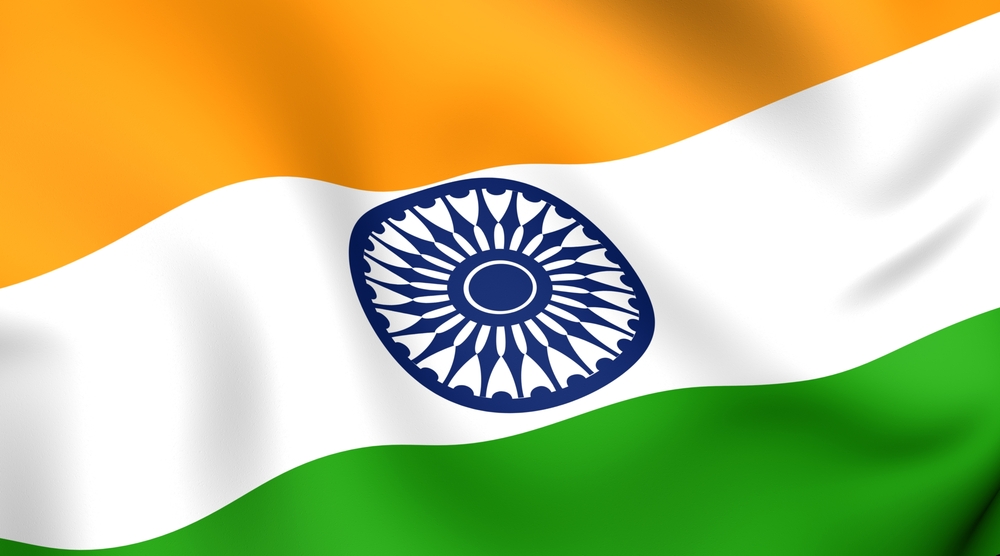at the University of Utah
Eccles School International Business Etiquette Series: India
Editor’s Note: The International Business Etiquette Series is designed to help students at the David Eccles School of Business navigate different cultures and countries as they conduct business around the globe.
Did you know that India is officially called the Republic of India? It is located in southern Asia and is a member of the Commonwealth of Nations. Despite the prevailing facts and accessible information about India, many individuals still struggle to understand the complexity of its culture and business culture. In this post, we will explore the business etiquette of India along with several cultural aspects of the Indian culture.
Note: These etiquette tips are generalized, so be aware and sensitive when you’re doing business in India. Not all Indians are going to behave this way, so be adaptive and conscientious of your situation.
What should you wear if you do business in India?
- Gentlemen: Men are generally expected to wear a suit and tie for business, although the jacket may be removed in the summer. When it comes to casual business outings, short-sleeved shirts and long pants are preferred for men.
- Ladies: Women should wear conservative dresses or pantsuits. Women must keep their upper arms, chest, back, and legs covered at all times.
What are the “dos” and “don’ts” when addressing Indians?
- The head is considered the seat of the soul. Never touch someone else’s head, not even to pat the hair of a child.
- Beckoning someone with the palm up and wagging one finger can be construed as in insult. Standing with your hands on your hips will be interpreted as an angry, aggressive posture.
- Whistling is impolite and winking may be interpreted as either an insult or a sexual proposition.
- Never point your feet at a person. Feet are considered unclean. If your shoes or feet touch another person, apologize.
- Gifts are not opened in the presence of the giver. If you receive a wrapped gift, set it aside until the giver leaves.
- Business lunches are preferred to dinners. Hindus do not eat beef and Muslims do not eat pork.
How should you communicate with Indians?
- There are more than fourteen major and three hundred minor languages spoken in India. The official languages are English and Hindi. English is widely used in business, politics and education.
- Popular welcome topics include politics, cricket, films and, in recent times, Indian Economic Reforms. Take some time to do some preparation on these subjects, as it can be very helpful in building a positive relationship and gaining one’s acceptance. It is important to appreciate that India is an ancient and rich civilization, of which most Indians are proud and happy to discuss.
- The word “no” has harsh implications in India. Evasive refusals are more common, and are considered more polite. Never directly refuse an invitation, a vague “I’ll try” is an acceptable refusal.
- Do not thank your hosts at the end of a meal. “Thank you” is considered a form of payment and therefore insulting.
- Titles are very important. Always use professional titles.
- Generally, do not touch as a part of communication.
Other things to consider:
- Business cards are commonly distributed. There is no need to translate part of the business card if it is in English because it is widely spoken by business people and officials in India.
- Always eat with your right hand. It is considered inappropriate to eat with your left hand.
- India experiences six seasons: summer, autumn, winter, spring, summer monsoon, and winter monsoon.





